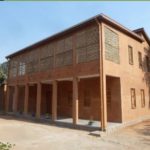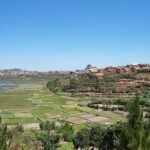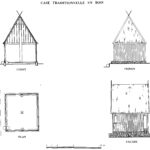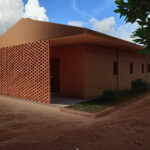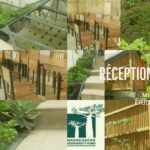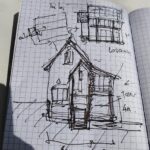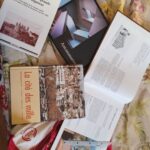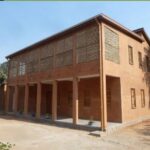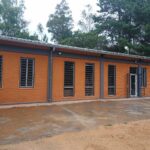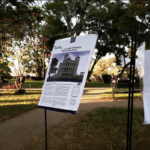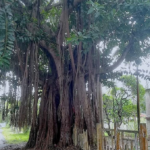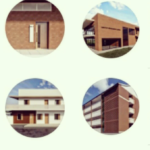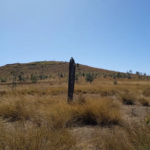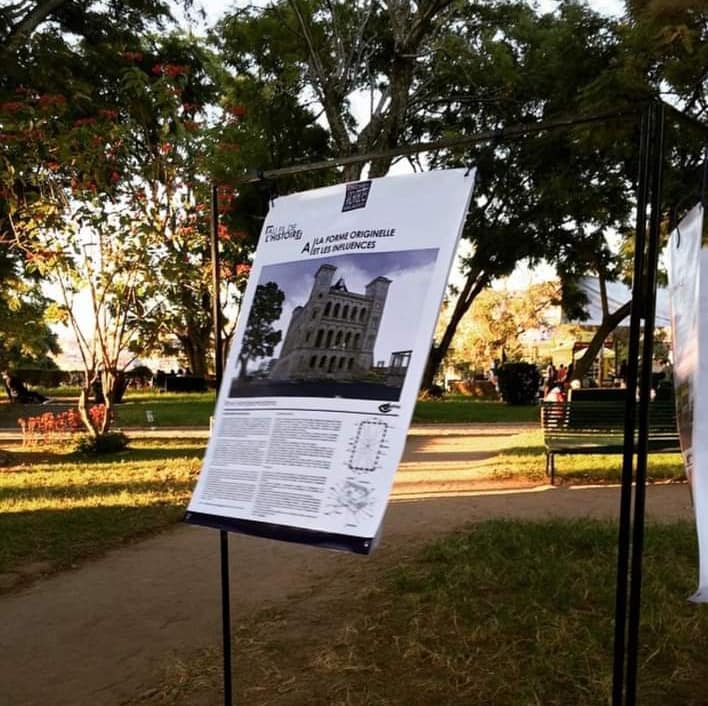
#thread
#manjakamadiana
#architecture
#madagascar
27 years ago an unsolved arson swept away 4 centuries of architecture and culture heritage on the highest point of Analamanga at the Rova of Antananarivo royal complex.
It is interesting to learn (and wikipedia helps a lot as a start point) what was left to be burnt were only 11 from the 20 or so constructions built from the 3 first cases by Merina King Andrianjaka. It was also known as a fortified royal structure long before and if you widden a bit your field of references, the Vazimba, former occupants, were booted in 1625 out or 40 years short after of Machu Picchu citadel’s abandonment in 1572 by the Incas.
After 1995 as of architecture and culture UNESCO worth heritage in our country of 27 millions and 592,800 square kilometres terrritory only remain the endangered Zafimaniry’s woodcrafting (https://ich.unesco.org/en/RL/woodcrafting-knowledge-of-the-zafimaniry-00080) and the Manjakamiadana’s rova counterpart, Ambohimanga more of a spiritual Royal nest of Imerina (https://whc.unesco.org/en/list/950/). One represents the living and the other the dead. a normative cohabitation within Malagasy ideology.
sustainability. the way our current society has detached itself from all things and matters related to the weight of History is just too dramatic. we burn stuffs. we purge with fire. there were rules imposed and respected. there people dedicated to do that job and not the other one. we had unspoken taboo to preserve our customs and at the same time to perfect our skills and behaviors. I thought it was too weird all the syncretism that founded Malagasy practices and believes. But now I totally get it. It was our only way to resist by only taking the best and merge it for us to strive. It didn’t worked as planned though…
wood. both the Zafimaniry and Ambohimanga are the only physical left compendium of knowledge on the importance of wood for the successive civilisations to take after in Madagascar. it happens that I have been teaching a very easy going “Wood in Architecture” class for 4 years now. I must admit I have been very lazy only focusing on comparative international cases studies since this is destined for 3rd-year civil construction technicians to be. only Zafimaniry and Trano Kotona were treated from the African catalogue. why so? Clearly it shows I was trained abroad, in fact my background is mostly in Canadian wooden building design and structure.
transmission. kids I am teaching to never got the chance to visit the wonderful Tranovola. September 2022 it is currently being rebuilt with the cheapest unsustainable materials and simplest technical means possible. Tranovola, a creole-like timber-framed construction, deployed its influences in all regions of Madagascar thanks to Radama 1st and his Merina successors’ heavy colonial campaigns. it went on to mark the Trano Gasy among other fields. therefore I woke up to the realization that even though I am no erudite, only a very well-intended and a little skilled technician : something small but meaningful can be done at my level.
maybe start a workshop on sustainable Malagasy construction this end of the year. I will later disclose all infos for anyone keen to join. it will be also lengthily about the #strømmentrævarefabrik heritage of Norwegian prefabricated church station mission in Sakalava and the deep South of Madagascar https://purplecorner.com/strommentraevarefabrik/. also it will showcase our current efforts on Trano Gasy presevation https://purplecorner.com/trano-gasy-october-2022/. and maybe talk about COP27 and more.
Just let me first finish my readings on Lars Larsen Vigs, ethnology, cosmogony…
photo 2015 Exposition itinérante de l’Ordre des Architectes Malagasy



